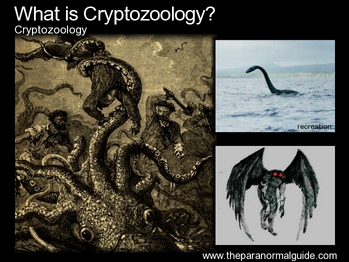
Mysterious creatures are constantly seen and reported around the world - is it time to start taking these accounts more seriously?
A Strange Word
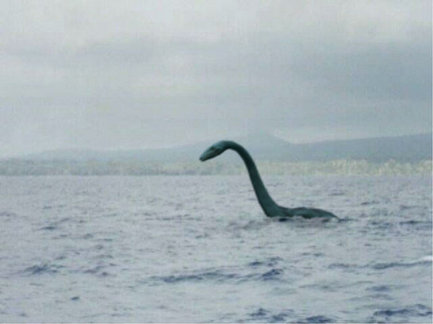 Illustration of a Plesiosaur sighting
Illustration of a Plesiosaur sighting So what is Cryptozoology?
It is what some may call a "fringe" science, one that really has no place in the annuls of science, as many feel it has no merit or place in mainstream scientific investigation and inquiry. It is not a recognized branch of zoology (the branch of biology that relates to the animal kingdom, that includes living classified animals and extinct creatures), and many "normal" scientists will contend that cryptozoologists, some anyway, do not follow the scientific method, which is defined by the Oxford English Dictionary, "a method or procedure that has characterized natural science since the 17th century, consisting in systematic observation, measurement, and experiment, and the formulation, testing, and modification of hypotheses."
Many criticize Cryptozoology because of its perceived reliance on mostly anecdotal data and eyewitness (secondary) accounts.
Lets first look at what cryptozoologists study and investigate. They are Cryptids and they fall into 3 distinct categories, which are:
1. Animals that are yet to be discovered and classified by science.
2. Animals that are known and thought to be extinct.
3. Animals that are mis-identified.
The Search for 'Hidden Animals'
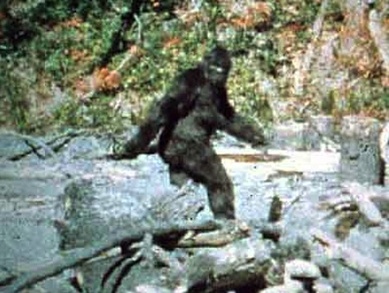 Still from the (almost certainly hoax) Bluff Creek footage
Still from the (almost certainly hoax) Bluff Creek footage Many claim a hoax, and many would perhaps argue a man in a gorilla suit was filmed, but do ape-men, possibly prehistoric ancestors to modern man, really still dwell in forest areas throughout North America, Canada, Nepal and other regions?
We will examine that in another article down the track.
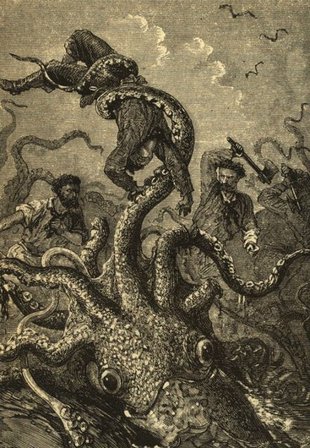 The Kraken attacks
The Kraken attacks Other examples of creatures that have been reported for centuries and only recently found and classified include the Mountain Gorilla, known by the people of Rwanda for years and deemed the stuff of stories, the pygmy hippopotamus, the Snow Leopard and the Giant Panda. All were found and classified within the last 400-500 years.
An example of a creature/s that might be placed in Category 2 are lake monsters, or sea serpents. Whether we are talking about the famous creature said to exist in Loch Ness, or Ogopogo or "Champ", the names of which are given to lake-dwelling creatures in North America and Canada, reports of huge underwater creatures have existed for a millennia.
Could these creatures be, if they exist, relics from the periods of the Diniosaurs?
It is theorized that perhaps a number of plesiosaurs, a long-necked reptile thought long extinct, may have somehow survived and have thrived for millions of years.
Or perhaps in some instances a yet to be classified species of large eel is responsible?
Known creatures that have existed and were thought to be long dead have been found, most notably the Coelacanth, a fish caught off the coast of South Africa, in 1938. This creature was thought by science to have been extinct since the Cretaceous Period.
Also in a previous article, reports of sauropod dinosaurs living in the Congo have been reported by the tribes there for years, could we still share our planet with reptiles of gigantic size?
Categorically Strange
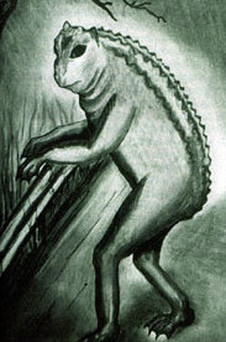 Illustration of the Loveland Frog
Illustration of the Loveland Frog With a large percentage of the oceans unexplored and great areas of forest and jungle still un-reached, can this so-called "pseudo-science" and its disciples bring these creatures into the realm of reality and establish itself as a respectable area of science?
Will cryptozoology be responsible for unmasking the identidies of Bigfoot, the Loch Ness Monster and other creatures deemed mythic, outlandish or unbelievable?
Do you believe there is a place for Cryptozoology in science?
Put together by Ashley Hall 2013




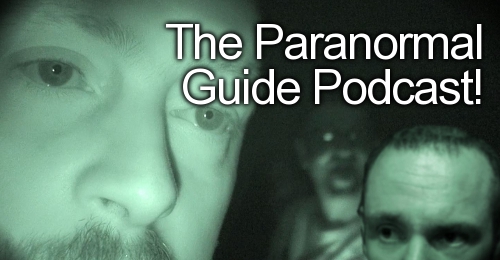
 RSS Feed
RSS Feed
